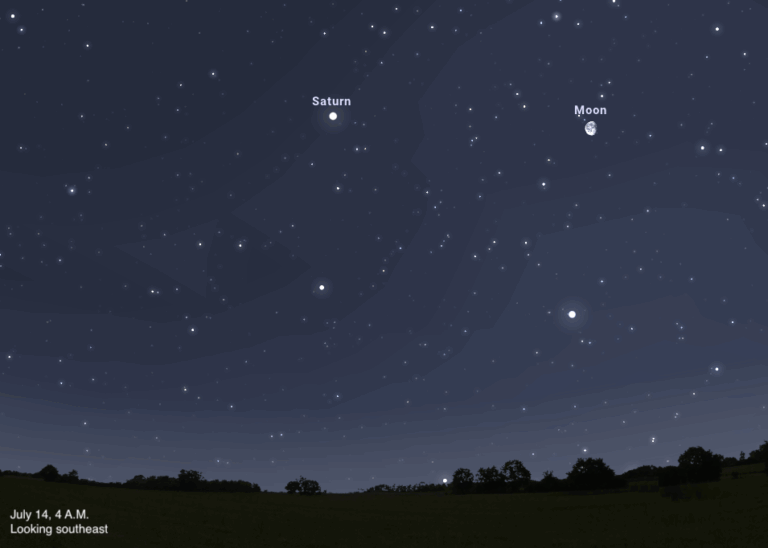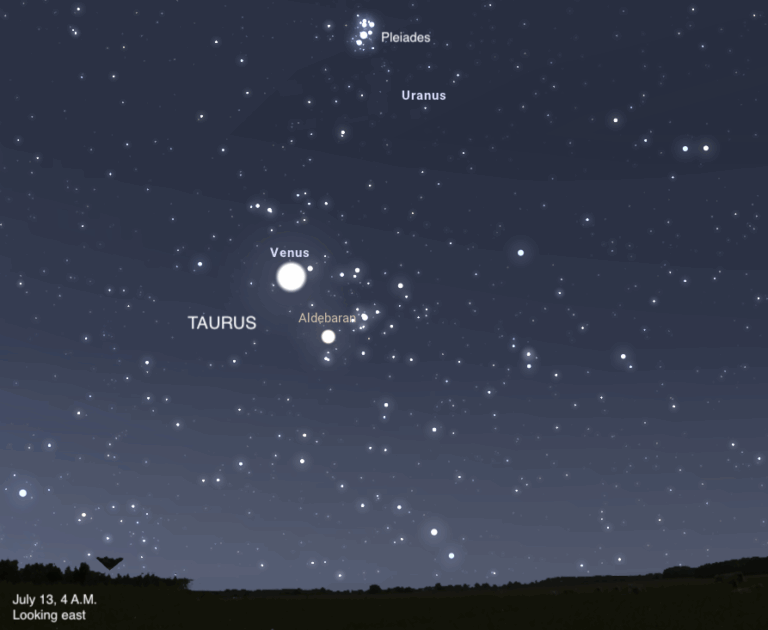Key Takeaways:
Evidence suggests that early people made careful observations of the rising and setting of the Sun and were able to recognize that the Sun doesn’t just rise and set anywhere. You, too, can observe the changing position of the Sun and understand how observations of these patterns helped establish the cardinal directions. Cardinal directions are the four principal points on the horizon, north, south, east, and west.
Be careful: Do not look directly at the Sun or observe alone in an isolated or otherwise unsafe location! Make sure to get your parents’ permission.
What to do
1. Review safety procedures for observing the Sun.
2. Go over observation tips:
- Observe a landmark in the distance to avoid the effects of parallax
- Keep the same position for observations
- Use the same landmark for observations
- Define what “sunset” will be and what “sunrise” will be — sunrise is the time that the center of the Sun’s disk is on the horizon and sunset is when the center of the Sun’s disk first touches down on the horizon
3. Make several pairs of landscape diagrams that indicate your landmark (one eastern and one western).
4. Label north and south on the landscape diagrams.
5. Observe the rising and setting of the Sun over several weeks or months, if possible.
6. Record the times and dates on your chart and positions on your diagrams.
7. Answer the following questions:
- Did the position of sunrise or sunset change? How?
- Did the time of the sunset change? How?
Note: If observations occur in early fall expect earlier sunsets, and later sunrises, and southward shifts. If observing in the beginning of the year, expect later sunsets, earlier sunrises, and northward shifts. “Solstice” means “standing still,” and you should expect very little change in the weeks prior to and after the solstices (near December 21–22 and near June 20–21). Around equinoxes (near September 22–23 and near March 20–21), sunset time, and position changes are dramatic.










